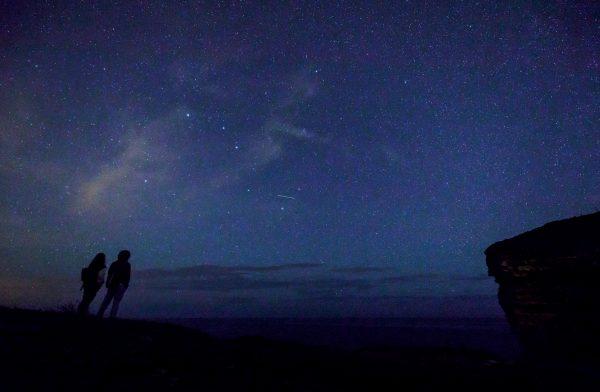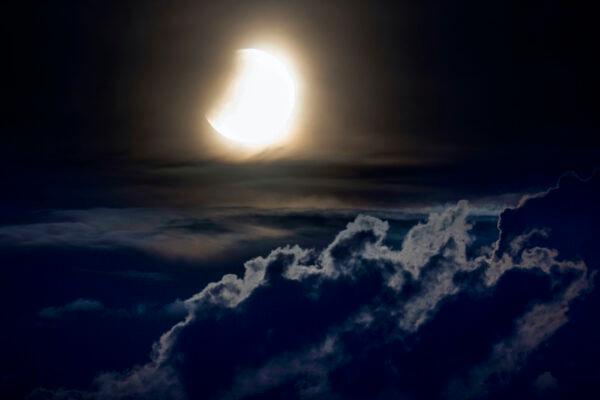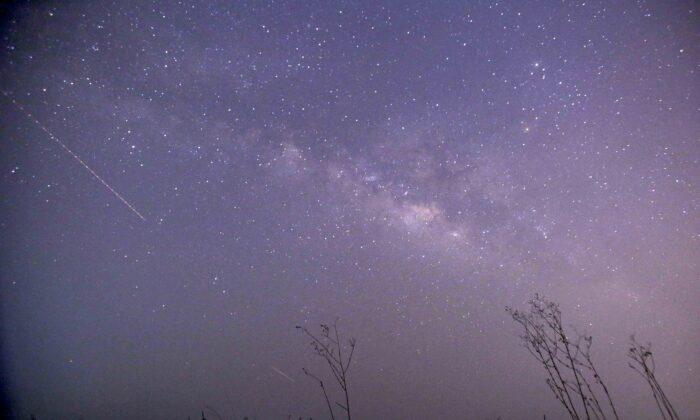Aquarian meteors
The annual Aquarian meteor shower will be most active on May 5 and 6, and there may be more meteors than usual in 2023, according to some scientists.Aquarian meteor shower occurs from April 19 to May 28, with peaks usually around May 5. The best viewing time is between 3 a.m. and 5 a.m.
The source of the Aquarian meteor shower is the renowned Halley’s comet, with its meteor characteristics being fast and bright, as well as a chance of showing bright pyrometeors.
However, coinciding with a full moon this year, the moon’s brightness may make the meteors harder to see.
Due to a full moon on May 6, sky watchers are recommended to turn their backs on the moonlight while observing, which may help them to avoid the moonlight and catch the brighter pyrometeors.

“Because there is more dust ... the number of meteors we see is higher,” Horner said. “Look out on Friday and Saturday morning for the best rates.”
While the shower this year may be washed out by the moon, there is always more to expect next year, according to Horner.
Lunar Eclipse
Australians will also get to see a lunar eclipse that comes hot on the heels of the solar eclipse that occurred two weeks ago.A penumbral lunar eclipse will occur during the full moon, meaning that people watching the meteor shower on May 6 may see two astronomical wonders on the same day.
Penumbral lunar eclipse is a special astronomical phenomenon in which the moon passes through the Earth’s penumbra but does not pass through the Earth’s umbra.
The penumbral lunar eclipse will occur from the late night of May 5 to the early morning of May 6. The eclipse will begin at 23:14:10 on May 5, reaching its peak at 1:22:52 on May 6, and end at 3:31:41 on May 6, lasting a total of four hours, 17 minutes, and 31 seconds, according to Taipei Astronomical Museum.

“If the weather conditions are good, there is still a chance to observe a slight darkening of the moon on one side.”
In Queensland, New Zealand, Victoria, Tasmania and ACT, the eclipse will start at 3:22 PM and end at 5:31 PM. In South Australia and the Northern Territory, the eclipse will begin at 2:52 a.m. and end at 5:01 a.m. In Western Australia, it will start at 1:22 a.m. and end at 3:31 a.m.




